[T; n] is an array of length n, represented as n adjacent T instances.
&[T; n] is purely a reference to that array, represented as a thin pointer to the data.
[T] is a slice, an unsized type; it can only be used through some form of indirection.
&[T], called a slice, is a sized type. It's a fat pointer, represented as a pointer to the first item and the length of the slice.
Arrays thus have their length known at compile time while slice lengths are a runtime matter. Arrays are second class citizens at present in Rust, as it is not possible to form array generics. There are manual implementations of the various traits for [T; 0], [T; 1], &c., typically up to 32; because of this limitation, slices are much more generally useful. The fact that &[T; n] can coerce to &[T] is the aspect that makes them tolerable.
There is an implementation of fmt::Debug for [T; 3] where T implements Debug, and another for &T where T implements fmt::Debug, and so as u8 implements Debug, &[u8; 3] also does.
Why can &[T; n] coerce to &[T]? In Rust, when does coercion happen?
It will coerce when it needs to and at no other times. I can think of two cases:
- where something expects a
&[T] and you give it a &[T; n] it will coerce silently;
- when you call
x.starts_with(…) on a [T; n] it will observe that there is no such method on [T; n], and so autoref comes into play and it tries &[T; n], which doesn’t help, and then coercion come into play and it tries &[T], which has a method called starts_with.
The snippet [1, 2, 3].starts_with(&[1, 2]) demonstrates both.
